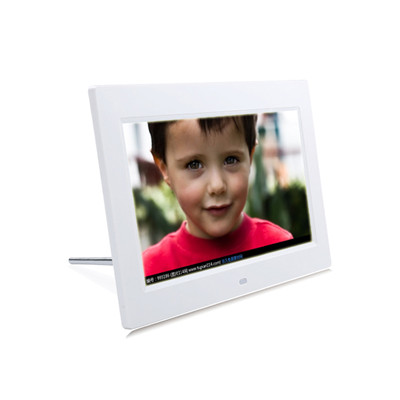Touch screen kiosks have become a valuable tool in enhancing the customer experience across various industries. They provide self-service options, streamline processes, and offer convenience. Here are several ways in which touch screen kiosks enhance the customer experience:
- Faster Service: Touch screen kiosks enable customers to place orders, check-in, or complete transactions quickly without having to wait in long lines. This reduces waiting times and enhances overall efficiency.
- Personalization: Kiosks can offer personalized recommendations based on user preferences and past interactions. For example, in retail, they can suggest products based on previous purchases, enhancing the shopping experience.
- Ease of Use: Touch screens are intuitive and user-friendly, making it easy for customers to navigate menus, select options, and complete tasks without the need for extensive training.
- 24/7 Accessibility: Self-service kiosks are available round the clock, providing customers with access to services and information even when traditional service channels are closed.
- Reduced Errors: Automating processes through touch screen kiosks reduces the risk of human error. This can lead to more accurate orders and transactions, improving customer satisfaction.
- Multilingual Support: Kiosks can support multiple languages, making it easier for customers who may not be proficient in the local language to interact with the system.
- Payment Options: In retail and food service, touch screen kiosks can accept various payment methods, including cash, credit cards, and mobile payments, providing flexibility for customers.
- Information Access: Kiosks can provide customers with access to information, such as product details, pricing, availability, and directions, enhancing their ability to make informed decisions.
- Queue Management: Touch screen kiosks can facilitate efficient queue management systems, allowing customers to check-in or take a number and wait comfortably, reducing frustration.
- Feedback and Surveys: Kiosks can be used to collect customer feedback and conduct surveys, helping businesses gather valuable insights and improve their products or services based on customer input.
- Self-Service Check-In: In hospitality and transportation, touch screen kiosks enable guests to check themselves in, select rooms, or print boarding passes, saving time and enhancing convenience.
- Entertainment and Engagement: In waiting areas, kiosks can provide entertainment options, news updates, or interactive content to keep customers engaged while they wait.
- Health and Safety: Touch screen kiosks can be used for health and safety purposes, such as temperature checks, contactless check-ins, and COVID-19 screening questionnaires, providing a safer experience for customers.
- Accessibility Features: Kiosks can incorporate accessibility features such as larger fonts, voice-guided navigation, and compatibility with screen readers to cater to customers with disabilities.
- Marketing and Promotions: Businesses can use kiosks to promote special offers, discounts, and loyalty programs, encouraging additional purchases and customer retention.
Overall, touch screen kiosks have the potential to improve customer satisfaction, reduce operational costs, and increase revenue for businesses while offering customers a more convenient and engaging experience. However, it’s crucial to design and maintain these kiosks effectively to ensure they meet user needs and expectations.















